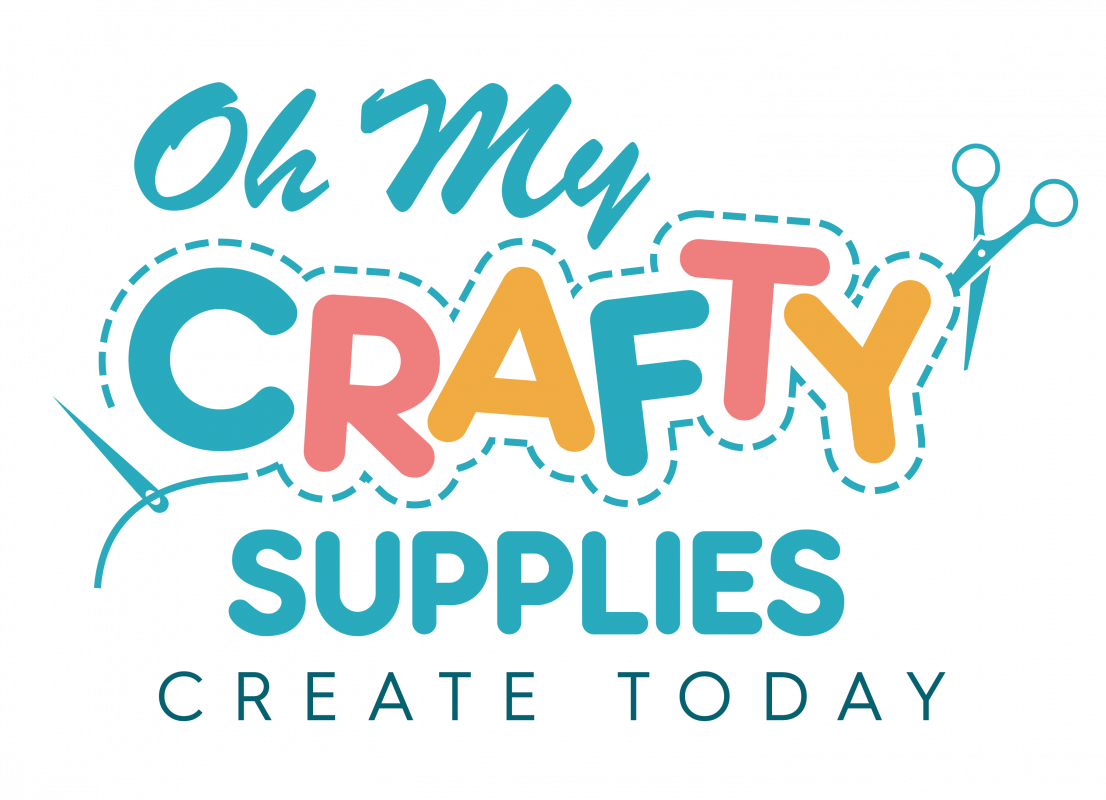Crafty Chronicles
Mastering Machine Embroidery on Plastic-Coated Burlap Flags
Machine Embroidery on Burlap Garden Flags with Plastic Coating
Embroidery is a fantastic way to add a personalized, creative flair to any fabric. Machine embroidery can make this task even easier, allowing you to add intricate designs with precision. However, when it comes to materials like burlap garden flags that have a plastic coating on the back, the task can seem a bit daunting. Fear not, as this guide will take you through the process of machine embroidering on these types of flags, ensuring your needlework stands out beautifully and lasts for seasons to come.
Materials You Will Need:
- Burlap garden flag with plastic backing
- Embroidery machine
- Machine embroidery needles (size 75/11 or 80/12 are commonly used for burlap)
- Machine embroidery thread in your chosen colors
- Embroidery stabilizer
- Temporary adhesive spray
- Iron and ironing board
- Scissors
Step 1: Choose Your Design
The first step is to choose an appropriate design for your machine embroidery project. Remember, while machine embroidery can handle more complex designs than hand embroidery, burlap’s coarse weave might still limit the level of detail you can achieve.
Step 2: Prep Your Burlap
Before starting, iron your burlap flag to remove any wrinkles or creases. Use a low heat setting and place a thin cloth between the iron and the flag to prevent any potential damage.
Step 3: Prepare the Stabilizer and Burlap
Cut out a piece of embroidery stabilizer larger than your hoop size. A cutaway stabilizer is recommended for burlap to help manage its loose weave. Apply a light coat of temporary adhesive spray to the stabilizer, then press the burlap onto the stabilizer, ensuring the plastic-coated side is at the back.
Step 4: Hooping
Carefully place your stabilized burlap in the embroidery hoop. Make sure the hoop is tight enough to prevent fabric movement but not so tight that it distorts the weave of the burlap.
(Alternative Hooping Methods for Your Burlap Flag)
Hooping your burlap flag correctly is crucial for successful machine embroidery. Traditional hooping, where the fabric is sandwiched between the hoop’s two parts, is typically recommended. However, certain circumstances may make traditional hooping difficult or undesirable, such as the flag’s size or the presence of a plastic coating. Here are some alternative hooping methods you might find useful:
- Hoopless Embroidery
Also known as “floating,” this technique involves hooping only the stabilizer, then adhering the fabric to the hooped stabilizer using temporary adhesive spray or pins. This can be a great option for items that are hard to hoop or for designs that are too close to the flag’s edge for traditional hooping.
- Magnetic Hoops
Magnetic hoops are designed to make hooping easier and more efficient. These hoops use strong magnets to clamp the fabric and stabilizer in place instead of traditional hoop brackets. They can be particularly useful for thick, heavy materials like plastic-coated burlap.
- Spring Hoops
Spring hoops have a spring-loaded outer ring, making them easier to adjust than traditional hoops. They’re often used for fabrics that are difficult to hoop traditionally, as they can securely hold a wide range of fabric thicknesses.
- Clamp Hoops
Clamp hoops are a commercial embroidery option that can also be used on some home embroidery machines. These hoops ‘clamp’ onto the fabric and stabilizer, which can be useful for bulky or tricky-to-hoop items.
- Peel ‘n Stick Stabilizer Hooping
This involves hooping a peel ‘n stick, or self-adhesive, stabilizer by itself, then sticking the burlap flag to the stabilizer. This method can be helpful when dealing with items that are challenging to hoop traditionally.
Remember, the key to successful embroidery is to ensure the fabric is taut and secure, with minimal slippage during the embroidery process. The best hooping method for you will depend on your specific project, your embroidery machine, and personal preference. Always test different methods to see which one works best for your needs.
Step 5: Set Up Your Machine
Load your chosen design into your embroidery machine, following the machine’s instructions. Thread the machine with your chosen embroidery thread, making sure to also change the bobbin if required by your design.
Step 6: Start Embroidering
Begin your embroidery according to your machine’s instructions. Be sure to keep an eye on the machine as it works to catch and correct any errors or thread breaks.
Step 7: Finishing Up
Once the machine has finished embroidering your design, carefully remove the burlap from the hoop. Using sharp embroidery scissors, trim away the excess stabilizer from the back of the design, being careful not to cut into the burlap or the stitches.
Step 8: Care and Maintenance
Despite the plastic backing, it’s best to avoid machine washing your embroidered burlap flag to prevent damage to your work. Instead, spot clean as necessary with a mild detergent and lukewarm water.
Machine embroidery on burlap garden flags can be a rewarding project that adds a unique touch to your outdoor decor. With the right equipment, materials, and a bit of patience, you can create beautiful designs that stand the test of time. Happy embroidering!
A Note on Dealing with Plastic Coating
The plastic coating on the back of burlap garden flags can present a unique challenge when it comes to machine embroidery. This coating is designed to add a layer of durability and water resistance to your flag, but it can also pose potential complications if not handled correctly during the embroidery process.
Potential Challenges
The primary concern with the plastic coating is the risk of it melting due to the friction created by the needle repeatedly piercing through the fabric. This could potentially cause the plastic to stick to the needle, affecting the smooth operation of your embroidery machine and possibly even damaging the machine itself.
Tips for Handling Plastic-Coated Burlap
-
Use a Sharp Needle: Always start with a sharp, fresh needle. A dull needle may require more force to pierce the fabric, thereby generating more friction and heat. Machine embroidery needles in size 75/11 or 80/12 are commonly used for burlap.
-
Reduce Speed: Consider reducing the speed of your embroidery machine. Slower speeds generate less friction and heat, which can help prevent the plastic from melting.
-
Monitor Your Project: Regularly check your needle during the embroidery process to ensure no plastic is adhering to it. If you notice any plastic on your needle, stop the machine, let it cool down, and clean the needle before continuing.
-
Prevent Excess Heat: Avoid ironing the plastic-coated side of the burlap, even when prepping your fabric. If you must iron your fabric, do so on the non-coated side and use a low heat setting.
Remember, every embroidery project is unique, and what works best may vary depending on the specifics of your burlap flag, your design, and your machine. Always test on a scrap piece of fabric first to avoid any potential issues.


